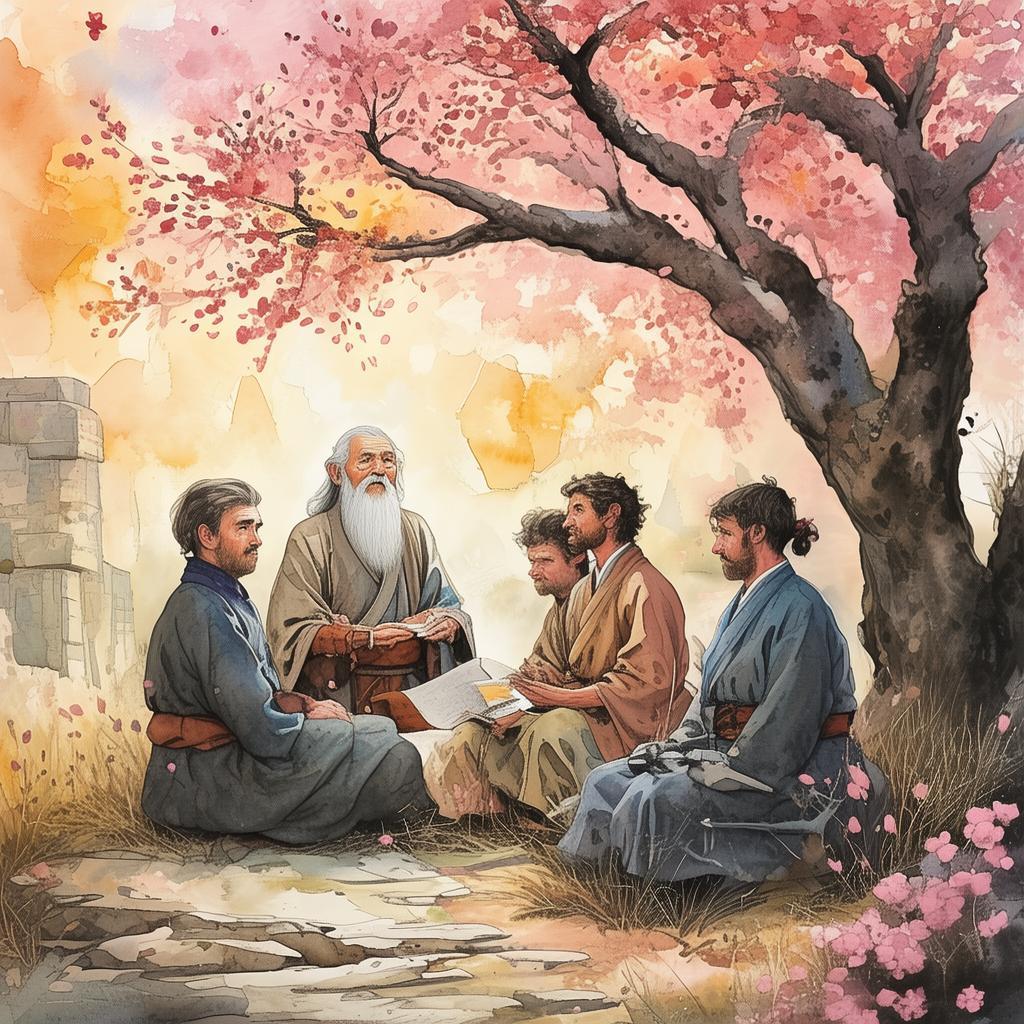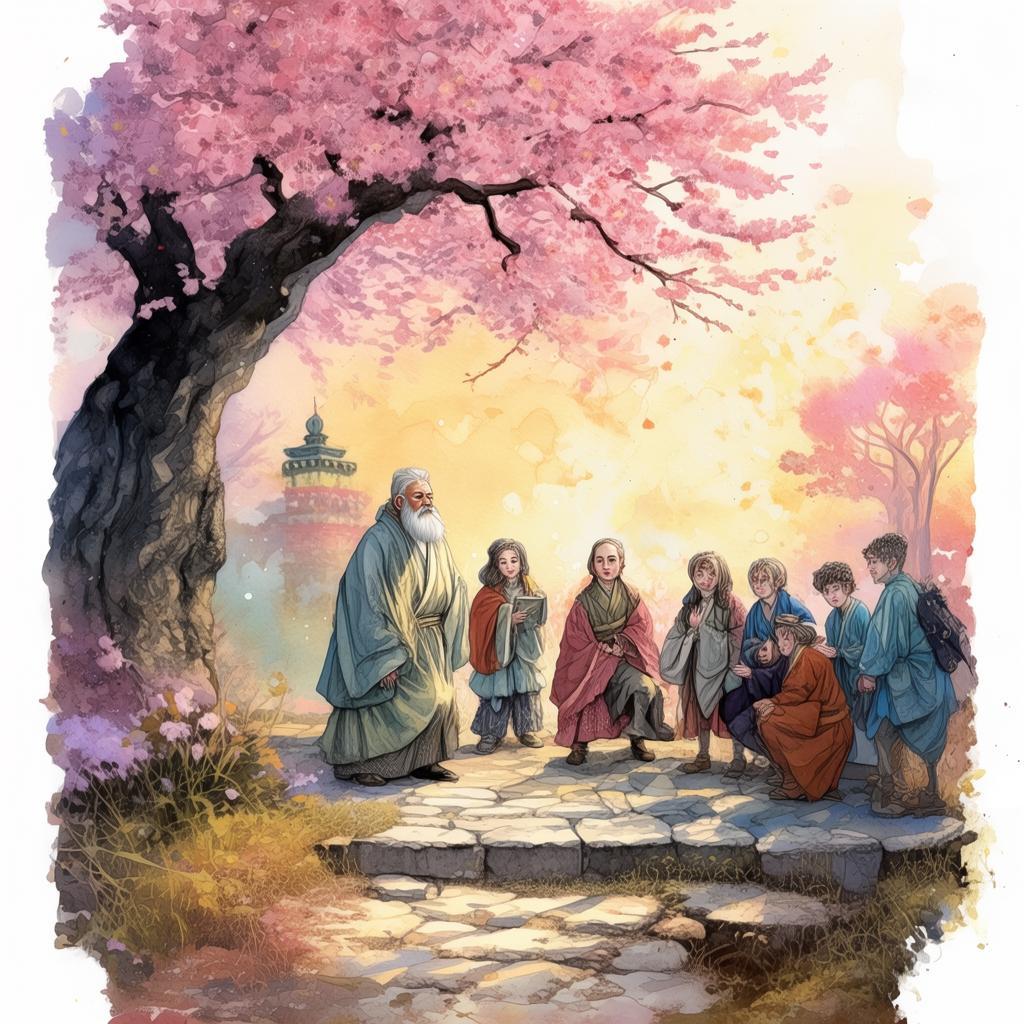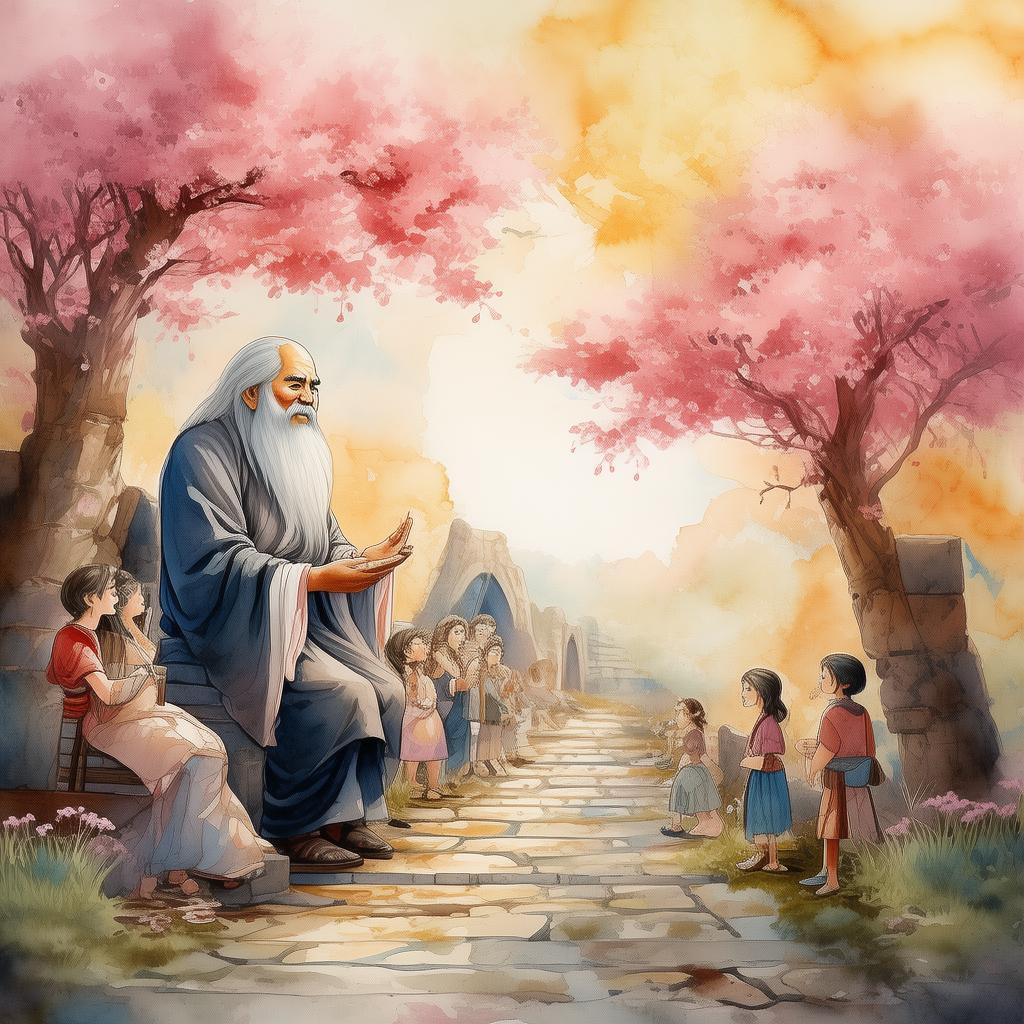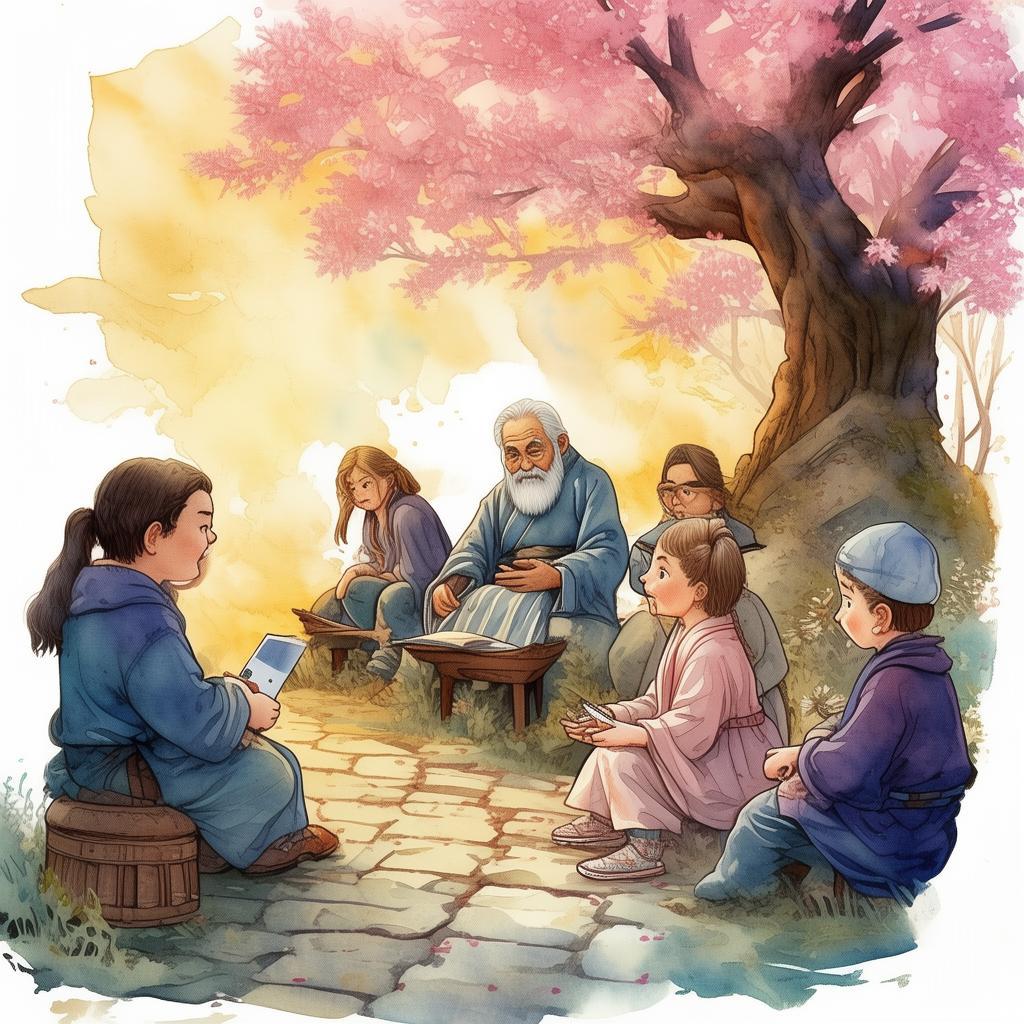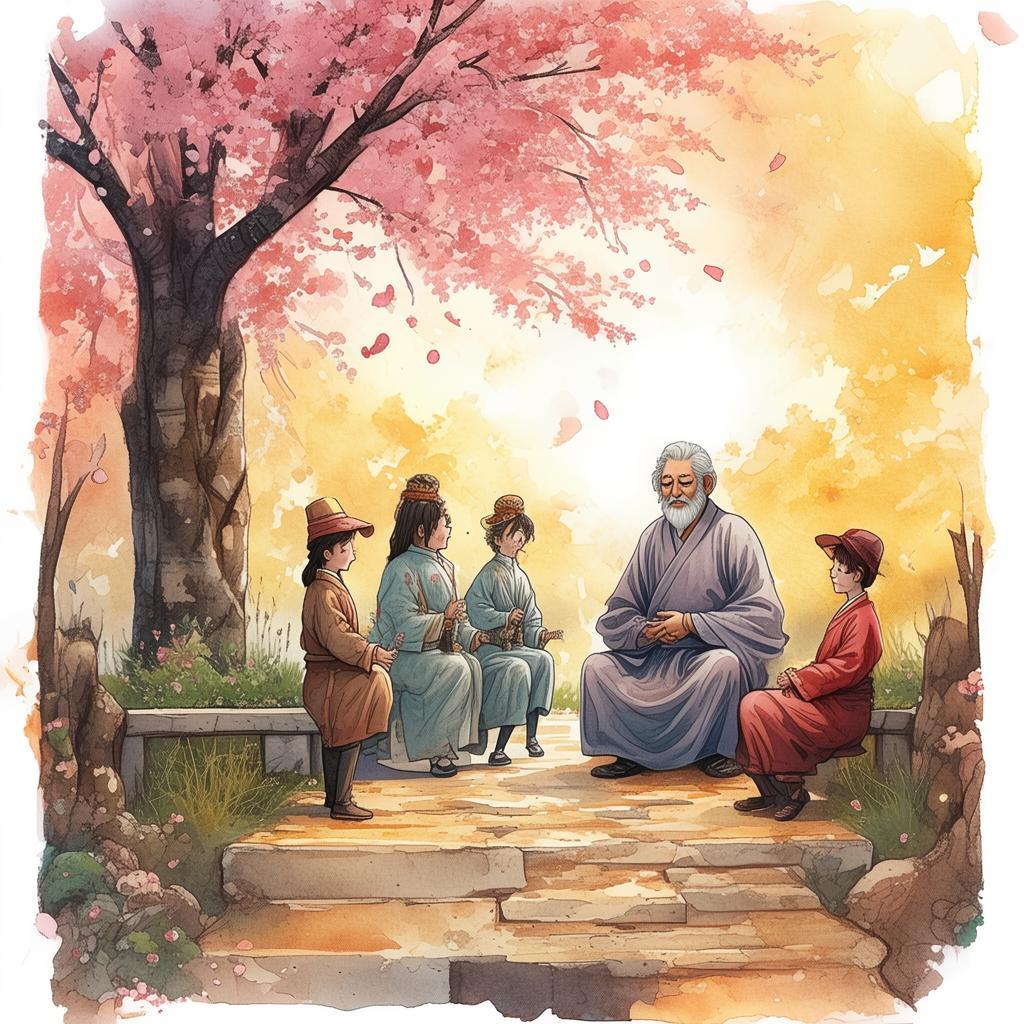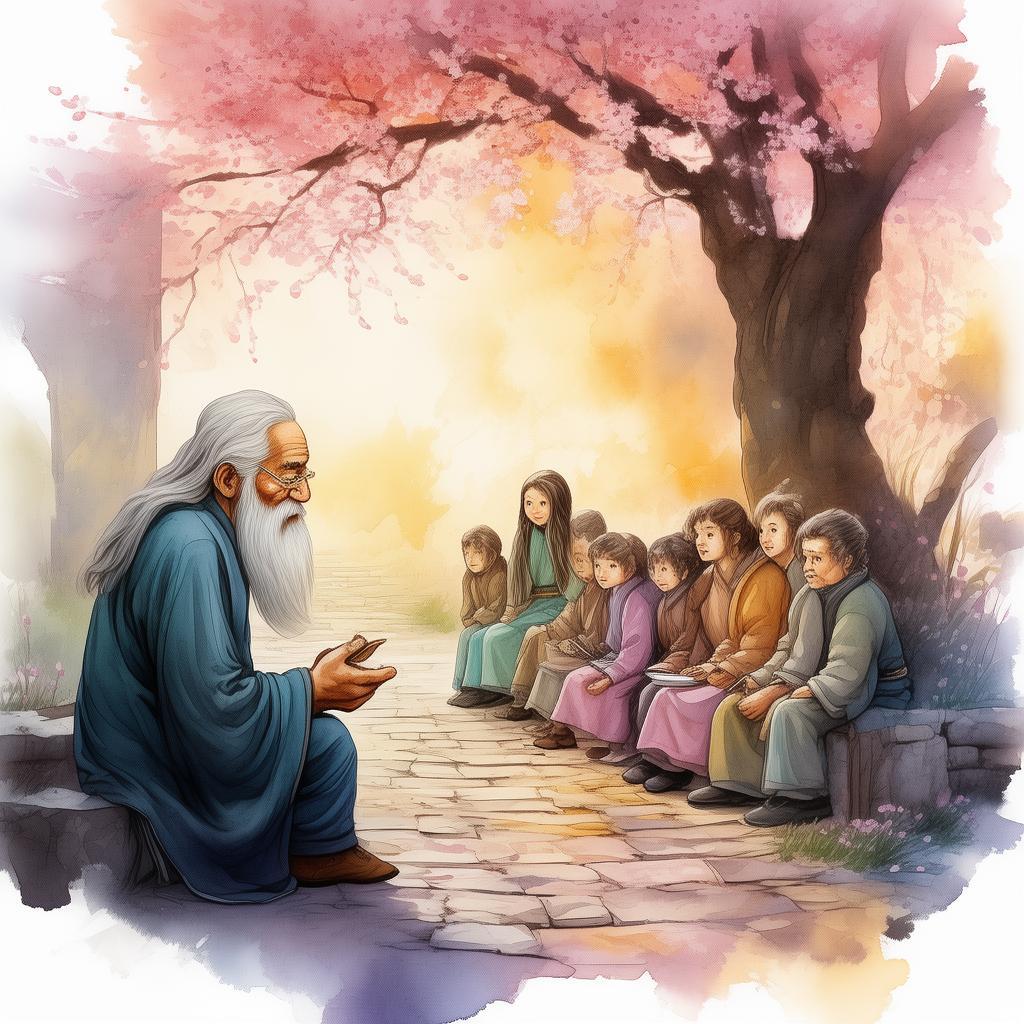The Echo of the Orient: A Tale of Mimicry and Mastery
In the bustling city of Paris, where the Eiffel Tower stood like a beacon of Western ingenuity, there lived an artist named Ling. She was known for her intricate latticework, a skill passed down through generations of her family. Her art was not just a testament to her talent but also a reflection of the East's serene and harmonious philosophy. In her Parisian studio, she was often seen working late into the night, her fingers dancing across the delicate paper, creating patterns that seemed to tell a story of the cosmos.
One evening, as Ling gazed out of her window, she saw a group of tourists gathered around an elderly man who was playing a lute. The music was haunting, a blend of the East and West, and it resonated deeply within her. It was then that she decided to embark on a journey that would change her life forever.
She traveled to the West, a land of contrasting landscapes and diverse cultures. In the United States, she met with a group of musicians who were experimenting with a new form of music that combined the rhythmic beats of Africa with the melodies of Europe. They were fascinated by her art and invited her to collaborate on a project that would bridge the gap between the East and West.
Ling accepted the challenge and began to create intricate latticework that mimicked the rhythms and melodies of the music they were composing. Her hands moved with precision, each fold and crease a note in the symphony of her creation. The result was a visual representation of the music, a tangible bridge between the East and West.
As her work gained attention, she was invited to exhibit at the Louvre. There, amidst the masterpieces of Western art, her latticework stood as a testament to the harmony between the two worlds. It was a mimicry not just of form, but of essence, of the shared human experience.
One day, while she was working on a new piece, a young artist from the West approached her. His name was Alex, and he was a sculptor. He was intrigued by Ling's work and asked her to teach him her craft. She agreed, and over the next few months, they spent countless hours together, sharing their knowledge and experiences.
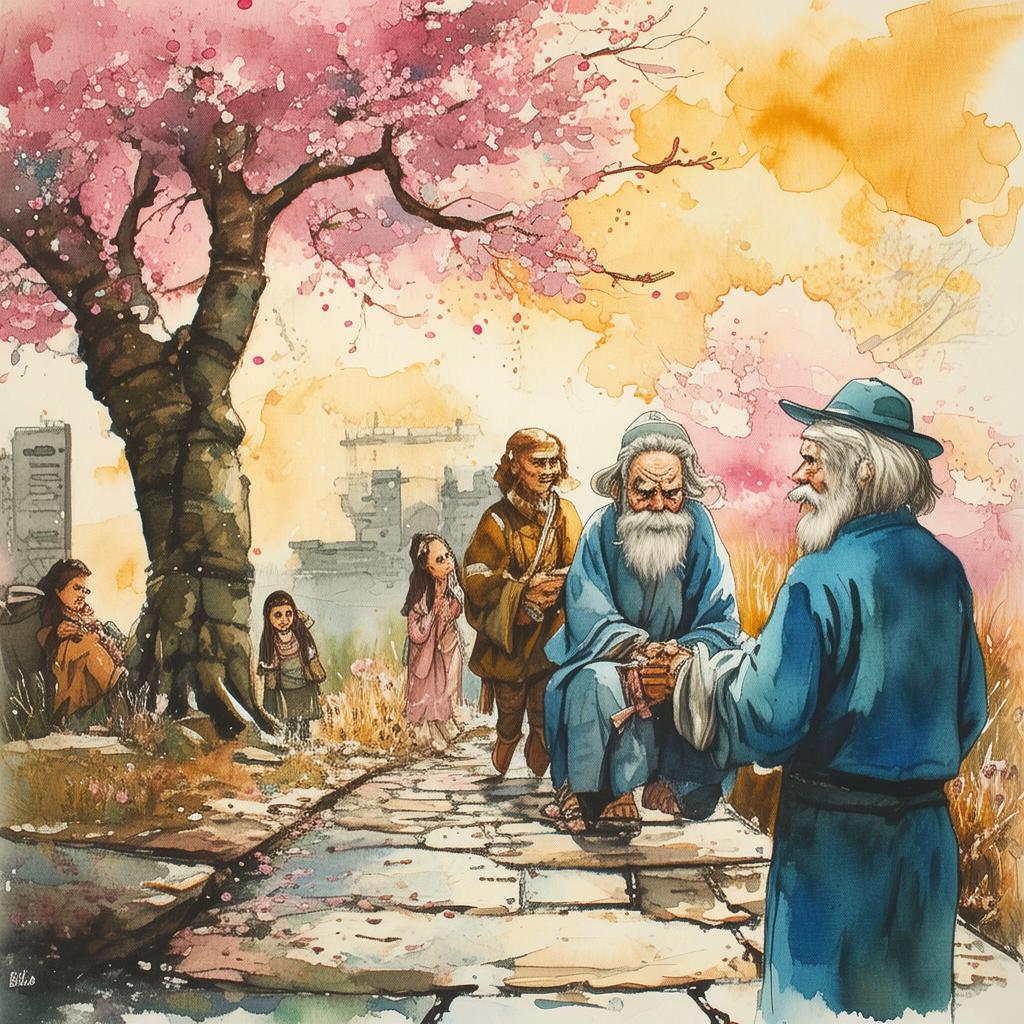
Through Alex, Ling learned about the Western perspective of art, its focus on individual expression and the celebration of the unique. In return, Alex learned the subtleties of her art, the way it told a story of interconnectedness and balance. Together, they created a piece that encapsulated the essence of their friendship and the shared journey they had embarked upon.
The piece was a masterpiece, a fusion of East and West that was both a mimicry and a celebration of the differences. It was a reflection of the world they had come to know and love, a world where the East and West danced together in a symphony of harmony.
As the exhibition came to a close, Ling and Alex stood before their creation, their hands still stained with the ink of the latticework. They had not only created a physical bridge between the East and West but had also forged a friendship that transcended time and culture.
Ling realized that her journey was not just about mastering the art of mimicry but about understanding the essence of both worlds. She had learned that harmony could be found in the differences, that the East and West were not separate entities but two halves of the same whole.
With a sense of fulfillment and a heart full of gratitude, Ling returned to her studio in Paris. She knew that her art would continue to evolve, reflecting the ever-changing relationship between the East and West. And as she worked, her fingers dancing across the paper, she felt a profound connection to the music that had once captivated her from afar, a connection that transcended the boundaries of language and culture.
The Echo of the Orient was more than a story of mimicry; it was a tale of discovery, of the profound connection between the East and West, and of the harmony that could be found in the differences.
✨ Original Statement ✨
All articles published on this website (including but not limited to text, images, videos, and other content) are original or authorized for reposting and are protected by relevant laws. Without the explicit written permission of this website, no individual or organization may copy, modify, repost, or use the content for commercial purposes.
If you need to quote or cooperate, please contact this site for authorization. We reserve the right to pursue legal responsibility for any unauthorized use.
Hereby declared.
